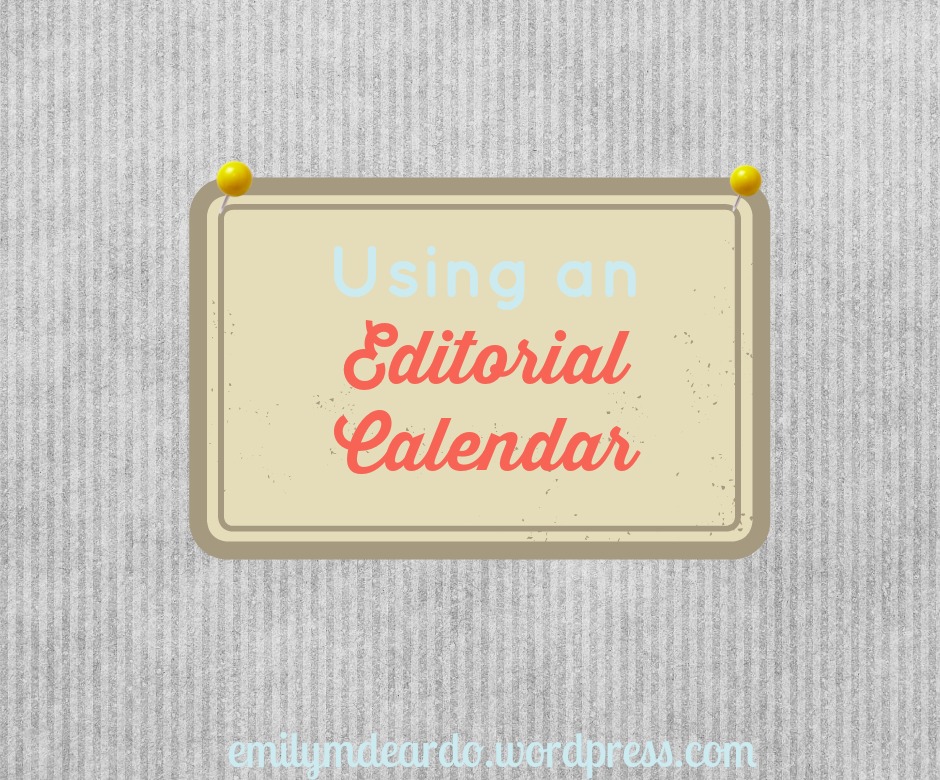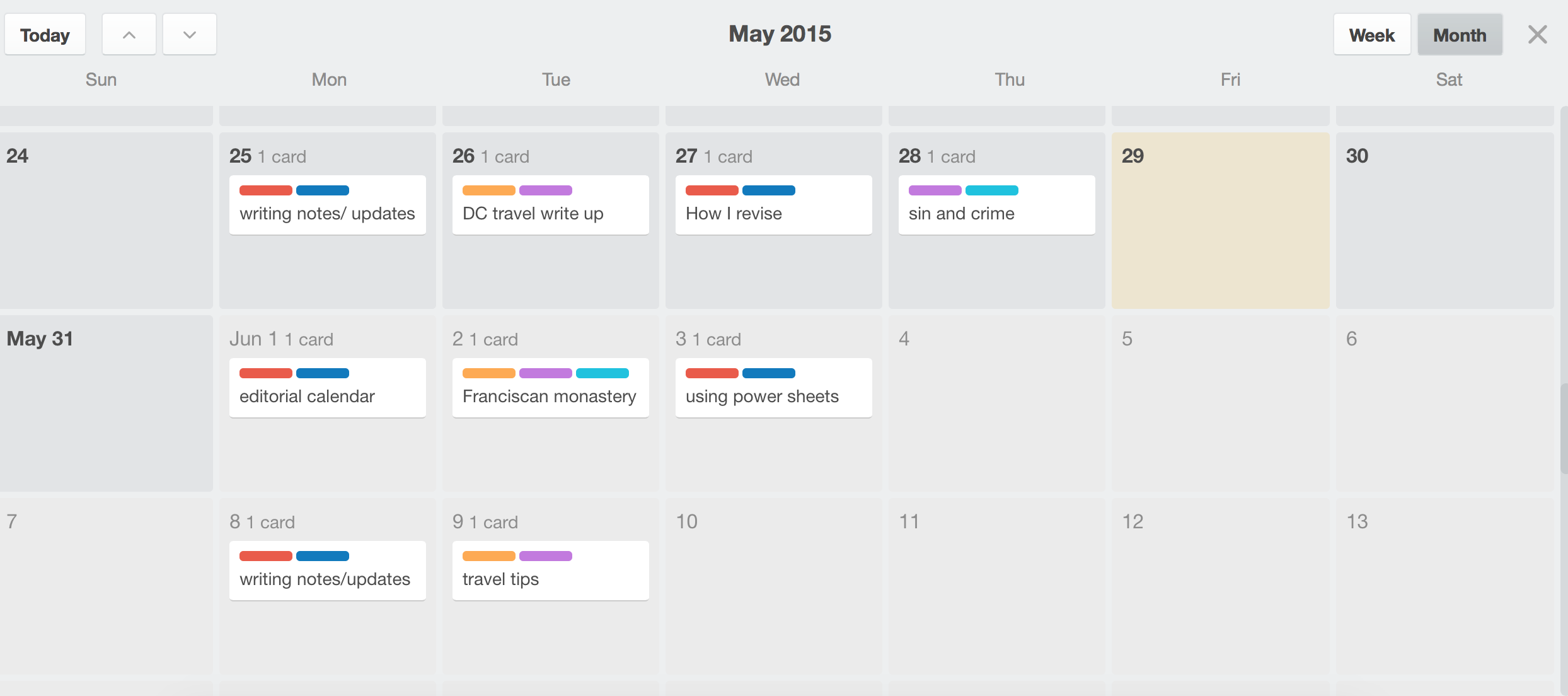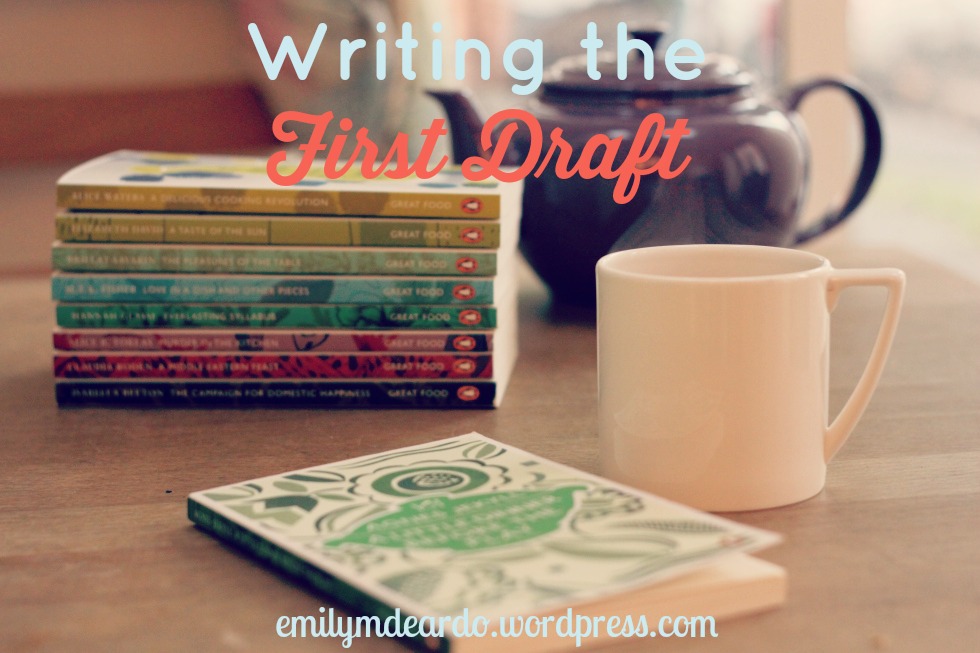(it's back!)

Outside my window::
Sunny through thin white clouds. It's not going to be very warm today--well, warm for June--so swimming is probably out, but that's OK!
Wearing::
Jeans, a bright blue v-neck t-shirt, and flats.
Reading::
Working on Northanger Abbey. I finished Prodigal Summer yesterday, and man, I wish Barbara Kingsolver would write a sequel. It's that kind of novel where you want to stay with the characters for a long time, even after the book is finished. I'm reading The One Thing is Three for my spiritual reading. The rest of the fiction pile includes The Forsyte Saga and A God In Ruins, and then I've got What Matters In Jane Austen and Jane Austen's England. So a variety of things on the reading pile!
In the CD player::
The Light in the Piazza, celebrating Kelli O'Hara's Tony win.
Writing::
This week I'm doing something different with LA--I'm going back to doing the link-ups/weekly features that I've sort of been neglecting amidst the new writing plan. So tomorrow is the Yarn Along, Thursday I'm talking about Sketchbook Skool, and then Friday we'll have Quick Takes. I'm also going to get some things pre-written because I'll be in Pittsburgh until Tuesday.
The Dominican section of the memoir continues apace. It's sort of a complex section to write but the goal here is to get it down into a physical form on "paper" (or, in a Pages document). Then I can revise it. I'm hoping to have the section done by the end of the month so that in July, when I'm back from Charleston, I can start sending out queries and book proposals. (EEEEEK)
Creativity::
You'll have to come back tomorrow and Thursday to read about that. :) But really, it's been really interesting in this area lately.
Health stuff::
So yesterday was my Annual Clinic Day of Testing for Transplant Guys. :) Basically, all the yearly tests we do, I did yesterday. That involved lots of blood-letting, full PFTs (Pulmonary Function Tests--"full" meaning more than just the basic test I do every visit. We checked gas diffusions in my lungs and some other fun things), a CT scan of my lungs, bone density scan, and an abdominal ultrasound, which looks at my spleen, liver, kidneys, all that sort of stuff.
I lost five pounds "officially" in clinic (I told the dietician that I had lost 10 lbs at one point, but the loss doesn't want to stay there, sadly), and the PFTs went up four points. So win to that correlation. Everyone's happy with that. I haven't gotten the results back yet from the other tests. (Other than things like my regular chest X-ray, which looked fine and dandy--we saw that in clinic.)
Today I'm going to see my ENT so he can check out my sinuses. I see him about every six months, and about every two years, we do the sinus surgery. This is because even though my lungs don't have CF, the rest of my body does, so we still have to keep the sinuses happy. They tend to fill with the CF-quality mucus and that can be a huge breeding ground for infection. Fortunately, I don't have nearly as many sinus issues as some other CF folks I know.
Pondering::
I normally don't talk to many--if any--other patients when I'm at Children's. Part of that is because I don't really talk in waiting rooms, at all, and partially because a lot of the time, I'm alone. In clinic, I'm in my own room, and in radiology, the transplant/cancer patients sit in the radiology hallway itself, not in the general waiting room, because of concerns about sick people.
I'm really familiar with the radiology hallway. It used to be main radiology for the entire hospital, so I've come here as an ER patient, as a CF outpatient, and in the days after transplant, at 6 AM, before the hospital was really "up", so I the chances of me running into a sick person (or anyone else) were really slim. I know all the radiology techs really well, and know some of them by name.
There are three chairs set up outside the main waiting room door for transplant/oncology patients. Sometimes it's me and other transplant patients who are being seen that day (we all have the same routine--blood work, x-rays, clinic), but mostly it's just me.
Yesterday there was a small family: a boy, a girl, and the mother. The kids looked to be in high school. I knew the boy was a transplant patient because 1) he was wearing a Dash for Donation shirt (it's the annual Lifeline of Ohio race), and 2) he had a mask on. Most of us wear masks in the hospital. I hate wearing them so I generally don't. (yeah, I'm a rebel.)
But the boy looked so sick. I couldn't tell if he was pre or post-transplant. He was so thin I could see the ligaments in his legs around his knees, the tendons popping out. His shirt hung on his, and he was in a wheelchair. He didn't really look anywhere, other than vaguely at his lap. His sister was plugging away at Facebook on her phone, but he just sat there, vaguely thinking about something.
I knew that look. I'd been there. It's the look of not really having the brain power to do anything else but tend to the function of your body. Breathe, sit up. Breathe.
He went back for X-rays, and I talked briefly to his sister--small things, about the waiting area, her sparkly phone cover. Her brother came back quickly and they were gone, heading up to clinic.
The radiology technician called me to a room. "He's rejecting," she told me.
"How far out is he?"
"Five years."
Ah, five years. Five is a magical number. About half make it to five years--it's a little less than that, for girls. UNOS (United Network for Organ Sharing) doesn't even have 10 year stats on their website, yet, for lung transplant patients. At hitting 10 years, I'm sort of a statistical anomaly. Five years is becoming more common, but 10 is still out there, and the people I know who are 15+ years have had two transplants.
I am extremely, extremely lucky. And it could all change, but right now, the fact that I'm this far out, and that I'll be celebrating my 10 year mark in a month, is incredibly fortunate. I am incredibly fortunate.
Plans for the Week::
I have a Summa Theologica class at church on Wednesday--this just started last week--which means I have to read Question 2 of Part 1 today so I'm ready to talk about it tomorrow. :) On Friday I have another doctor appointment and then I leave for Pittsburgh on Saturday!
(note: that lovely photo of bluebells? Elizabeth Foss took that. :) I hope she doesn't mind that I borrowed it from her website! It's just so gorgeous.)
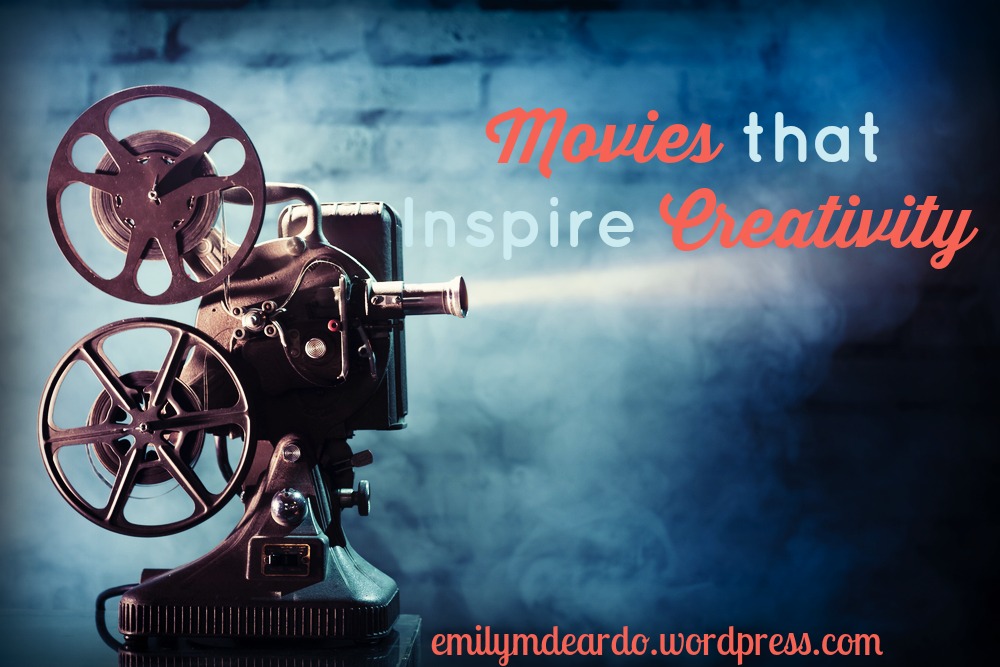



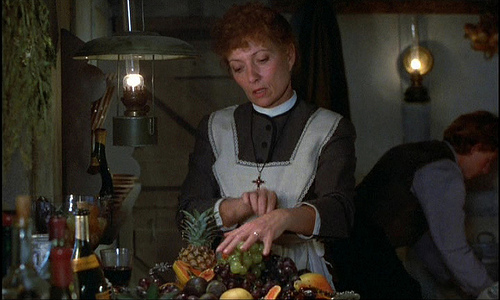





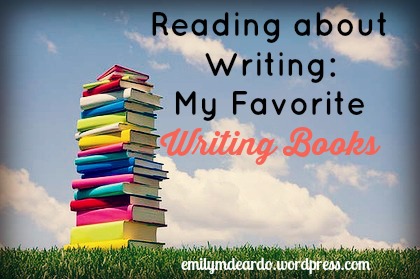

 Escaping Into the Open: The Art of Writing True, by Elizabeth Berg. This is my favorite book about writing. Berg gives a ton of unusual prompts and activities to really inspire creativity, and she writes about her own writing process and inspirations. I've got this book post-it marked, underlined, and bookmarked in many different ways.
Escaping Into the Open: The Art of Writing True, by Elizabeth Berg. This is my favorite book about writing. Berg gives a ton of unusual prompts and activities to really inspire creativity, and she writes about her own writing process and inspirations. I've got this book post-it marked, underlined, and bookmarked in many different ways.




























